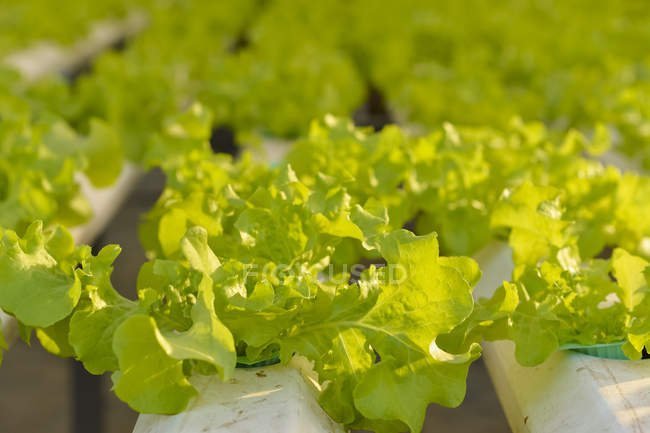In the ultimate 7 years, there was a quiet redefinition taking region in the USDA National Organic Program that oversees organic standards. Large scale business manufacturers have insinuated themselves into organic certification to convert what the inexperienced and white label stands for.
Original organic became based on a simple equation:
Healthy soil = healthful vegetation = wholesome animals = healthy planet.
This equation leaves out the dialogue of WHY these items are real. However, it is a superb roadmap for what organic agriculture is all approximately. The first given is always “healthful soil.” As we appear deeper, we cannot observe these elements one by one because flora and animals are quintessential components of healthy soil devices. No vegetation approach, no healthful soil. The same is real with animals. Soil and flowers coevolved for 350 million years, and neither may be wholesome in isolation from the alternative. The dance among plant life, microbial lifestyles, and animal existence inside the soil is necessary for all.

Western soil technological know-how got began with the paintings of Justus von Liebig (1803-1873). From Liebig’s perspective, the soil was a passive garage bin for plant nutrients. However, in Charles Darwin’s 1881 ebook, The Formation of Vegetable Mould through the Action of Worms, those ideas were challenged through an imaginative and prescient soil as a living ecosystem. But Liebig’s standpoint dominated Western soil technology till the 1980s, while the position of organisms in soil formation became higher. Liebig himself even turned far away from his “storage bin” paradigm within the later part of his lifestyle. However, our agricultural sciences persisted in following his earlier writings.
If we remove plants, soil can now not be residing. Plants offer strength via photosynthesis for all animal and microbial life in the soil. These photosynthates are provided first as root exudates that feed the fungi and bacteria in exchange for which they gain the minerals that feed the plant life. The visible lifestyle forms are critical because of the invisible microbial community. Soil animals go from burrowing woodchucks and gophers to snails, slugs, and elongate animals such as earthworms, flatworms, nematodes, soil mites, springtails, ants, termites, beetles, and flies. All of those species together create a community that is frequently called the soil meals web.
Organic farming is based on shielding and enhancing this net of life. By cultivating a variety of lifestyles, we create a stable atmosphere inside the soil. Diseases or pestilence are symptoms of a lack of balance. So the organic farmer’s first process is to beautify the range of lifestyles within the soil community. This is done by using presenting substances and techniques to help build a soil carbon sponge.
Conventional agriculture is based on a particular strategy of control and simplification. Making systems that are as simple as feasible will become easy to manipulate the inputs and outputs. The inputs are processed offsite to offer plants to be had vitamins. “Soil” turns into a tool for holding roots. It is consequently less complicated to make these systems replicable, much like the version of a McDonald’s restaurant. McDonald’s simplifies their structures as tons as feasible to serve the equal hamburger to each purchaser round the sector.
In this system, the knowledge is contained in the company staff who layout the approaches and affords the uncooked materials. The trouble is a loss of vitamins inside the final product. McDonald’s serves lots of energy that soothe customers’ cravings, but they fail at imparting a healthful eating regimen. The quit result is the phenomenon of customers who are simultaneously malnourished and obese.
Similarly, in a conventional agriculture machine, the yields are excessive according to the acre, but, as Vandana Shiva has stated, fitness yield in line with acre is low. As it seems, we are part of that co-evolution of soil and flora, and animals. Human nutritional desires are complicated and beyond our full understanding of this factor. But organic farmers believe that by embracing those herbal systems, we can feed ourselves well, even if we completely understand why. As Einstein as soon as stated, there is a simplicity that comes earlier than complexity that is nugatory, but there’s a simplicity past complexity this is valuable.
These simplified conventional structures have been promoted by way of an enterprise that income by promoting treatments to the unintentional outcomes of such crude simplicity. Their high yields are unsustainable without the liberal use of toxins. Plants grown in a soil devoid of organic complexity are very susceptible to disorder and insect attack. And of the route, the greater we use such poisons, the much less healthful the soil turns into, so extra pesticides are needed, and on and on.
